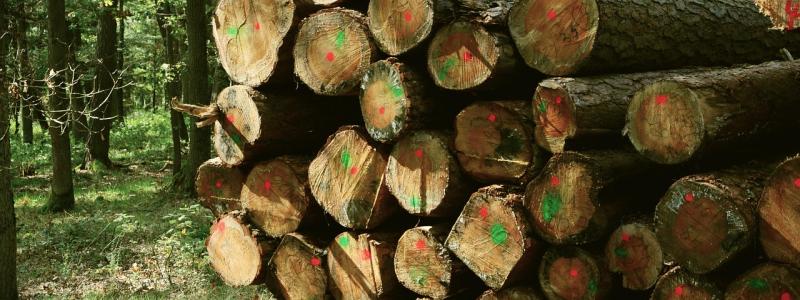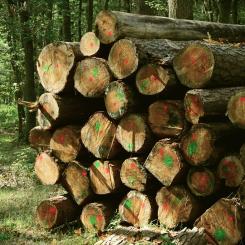Dr. Gerald Tuskan is awarded the 2025 Marcus Wallenberg Prize for his pioneering work in sequencing and analyzing the first tree genome. His leadership in this project has revolutionized research in tree and forest genomics and biotechnology, paving the way for genome-based breeding of commercially important trees.
Dr. Tuskan led the project to sequence the genome of the black cottonwood tree (Populus trichocarpa), which was published in 2006. This was the third plant genome to be sequenced after the model plant Arabidopsis and rice.
His work formed the basis for extensive molecular genetic studies of the Populus genus (poplars, aspens and cottonwoods), generating new discoveries in wood biology and tree phenology. This project has laid the foundation for many other tree genome sequencing projects, including conifers such as Norway spruce and loblolly pine, as well as the important plantation tree eucalyptus.
Dr. Tuskan has significantly contributed to advancing genome-based selection in tree breeding. In comparison to traditional breeding, genome-based tree breeding enhances the rate of genetic gain by reducing generation intervals and improving accuracy. This allows for more agile adjustments of tree properties, for instance to increase trees’ tolerance to ongoing changes in the environment, including pests and pathogens. Genomic-based tree breeding opens new avenues for researchers to understand the interlinkages between trees and the changing environment, contributing to the foundation for future-fit and resilient forests.
In addition to his research achievements, Dr. Tuskan has promoted collaboration across the disciplines of molecular biology, ecology and environmental sciences and built a global network of researchers focused on improving tree genetics and sustainability. He is widely recognized as a skilled leader who has helped to foster partnerships between academia, industry, and government agencies to push forward the boundaries of tree genomics and bioenergy research. He has also mentored numerous graduate students and early-career scientists, helping to train the next generation of experts in forest biology, genomics and bioenergy.
"Understanding the genomic information of trees and exploiting that information with modern techniques such as Crisp-CAS-technique is of outmost importance for the future forest bioeconomy. Dr. Tuskan’s pioneering work has provided us the basis for this avenue,” says Professor Johanna Buchert, chair-person of the Marcus Wallenberg Prize Selection Committee.
For the scientific motivation and elaboration of the 2025 Marcus Wallenberg Prize, please read the enclosed full motivation document.
The Marcus Wallenberg Prize 2025 will be presented by HM the King of Sweden at a ceremony in Stockholm in November this year.
Key facts about the laureate
GERALD A. TUSKAN is the Director and Chief Executive Officer of the U.S. Department of Energy (DOE) Center for Bioenergy Innovation at the Oak Ridge National Laboratory (ORNL).
The center includes seventeen institutions focussed on accelerating the domestication of non-model plants and microbes to enable high-impact innovation across the bioenergy sector. He has published more than 350 papers, many of which are highly cited including those related to his leading role in sequencing the first tree genome, that of the black cottonwood, Populus trichocarpa in 2006.
Gerald Tuskan is one of the world’s best known forest scientists, having initiated many collaborative studies relating to tree growth and biology, acknowledged for numerous years in the top 1% of cited scientists worldwide in plant biology, receiving many important awards for his work including being recognised as a Battelle Distinguished Inventor at the Oak Ridge National Laboratory and as a Distinguished Scientist Fellow of the DOE Office of Science




























































